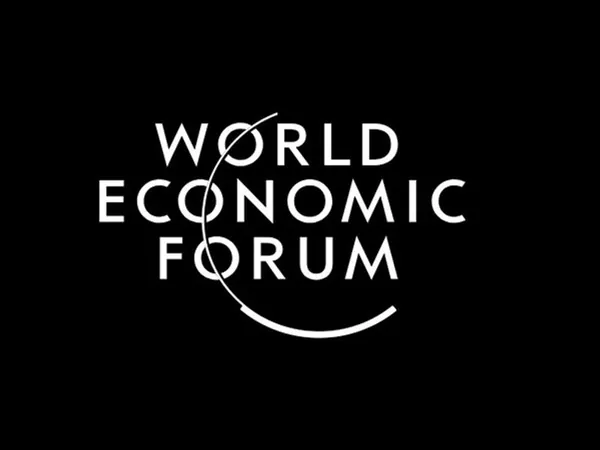
Investing in Women's Health Could Boost Global GDP by $400 Billion Annually, WEF Report Reveals!
2025-01-21
Author: Jacob
Introduction
In a groundbreaking report released in Davos, Switzerland, the World Economic Forum (WEF), in partnership with the McKinsey Health Institute (MHI), has unveiled a striking potential: tackling critical health issues affecting women could add a staggering USD 400 billion to the global GDP each year by 2040.
Overview of the Report
The comprehensive report, titled "Blueprint to Close the Women's Health Gap: How to Improve Lives and Economies for All," highlights the incredible economic benefits of eliminating the disparities in women's health. It identifies nine pivotal health conditions that, if addressed, could significantly alleviate the global disease burden—equating to an impressive 27 million disability-adjusted life years saved each year, effectively granting every woman an additional 2.5 healthy days annually.
Key Health Conditions
Key conditions identified include maternal hypertensive disorders, postpartum hemorrhage, ischemic heart disease, cervical cancer, breast cancer, endometriosis, menopause, migraine, and premenstrual syndrome. These issues disproportionately impact women's quality of life and health outcomes, yet they often receive inadequate attention in research and healthcare provisions.
Women's Health Impact Tracking (WHIT) Platform
As part of its effort to tackle these health challenges, the Forum has unveiled the Women's Health Impact Tracking (WHIT) platform. This innovative tool is designed to monitor health inequalities and promote data-driven solutions on a global scale. The platform specifically targets three underfunded health conditions—menopause, premenstrual syndrome, and migraine—which alone represent a massive USD 315 billion opportunity for economic growth.
Voices of Urgency
Shyam Bishen, Head of the Centre for Health and Healthcare at WEF, stresses the urgency of the situation, noting that women’s health issues are frequently neglected due to a severe lack of sex-specific research. Alarmingly, only 10% of clinical trials for ischemic heart disease and migraine include sex-disaggregated data.
Call for Systemic Change
Lucy Perez, Senior Partner at McKinsey & Company, echoes this sentiment, declaring the need for systemic change: “It is time to count women, study women, care for women, invest in women and include all women.”
Action Plan
The report also outlines a robust action plan urging stakeholders to concentrate on five essential areas: 1. Enhancing data collection specific to women's health. 2. Increasing funding for research focused on female-specific health issues. 3. Tailoring clinical guidelines to better meet women's needs. 4. Addressing disparities faced by marginalized populations. 5. Mobilizing resources to foster innovative healthcare solutions.
Broader Societal Impact
Anita Zaidi, Co-Chair of the Global Alliance for Women's Health, emphasizes the broader societal impact of investing in women’s health: “Healthier women form the foundation of stronger families, productive workplaces, and resilient economies.” Addressing the profound gaps in research and access to medical services is crucial for empowering women and bolstering economic progress.
Disparities in Research and Trials
While the report highlights that 54% of the women's health burden is borne by low- and middle-income countries, it points out a glaring disparity—only 23% of clinical trials target these regions. Bridging these gaps is not only a matter of social justice; it is vital for unlocking vast economic potential and ensuring a healthier global population.
Conclusion
In short, investing in women’s health is not just a moral imperative; it is an economic one that could reshape the future of our global economy.









 Brasil (PT)
Brasil (PT)
 Canada (EN)
Canada (EN)
 Chile (ES)
Chile (ES)
 Česko (CS)
Česko (CS)
 대한민국 (KO)
대한민국 (KO)
 España (ES)
España (ES)
 France (FR)
France (FR)
 Hong Kong (EN)
Hong Kong (EN)
 Italia (IT)
Italia (IT)
 日本 (JA)
日本 (JA)
 Magyarország (HU)
Magyarország (HU)
 Norge (NO)
Norge (NO)
 Polska (PL)
Polska (PL)
 Schweiz (DE)
Schweiz (DE)
 Singapore (EN)
Singapore (EN)
 Sverige (SV)
Sverige (SV)
 Suomi (FI)
Suomi (FI)
 Türkiye (TR)
Türkiye (TR)